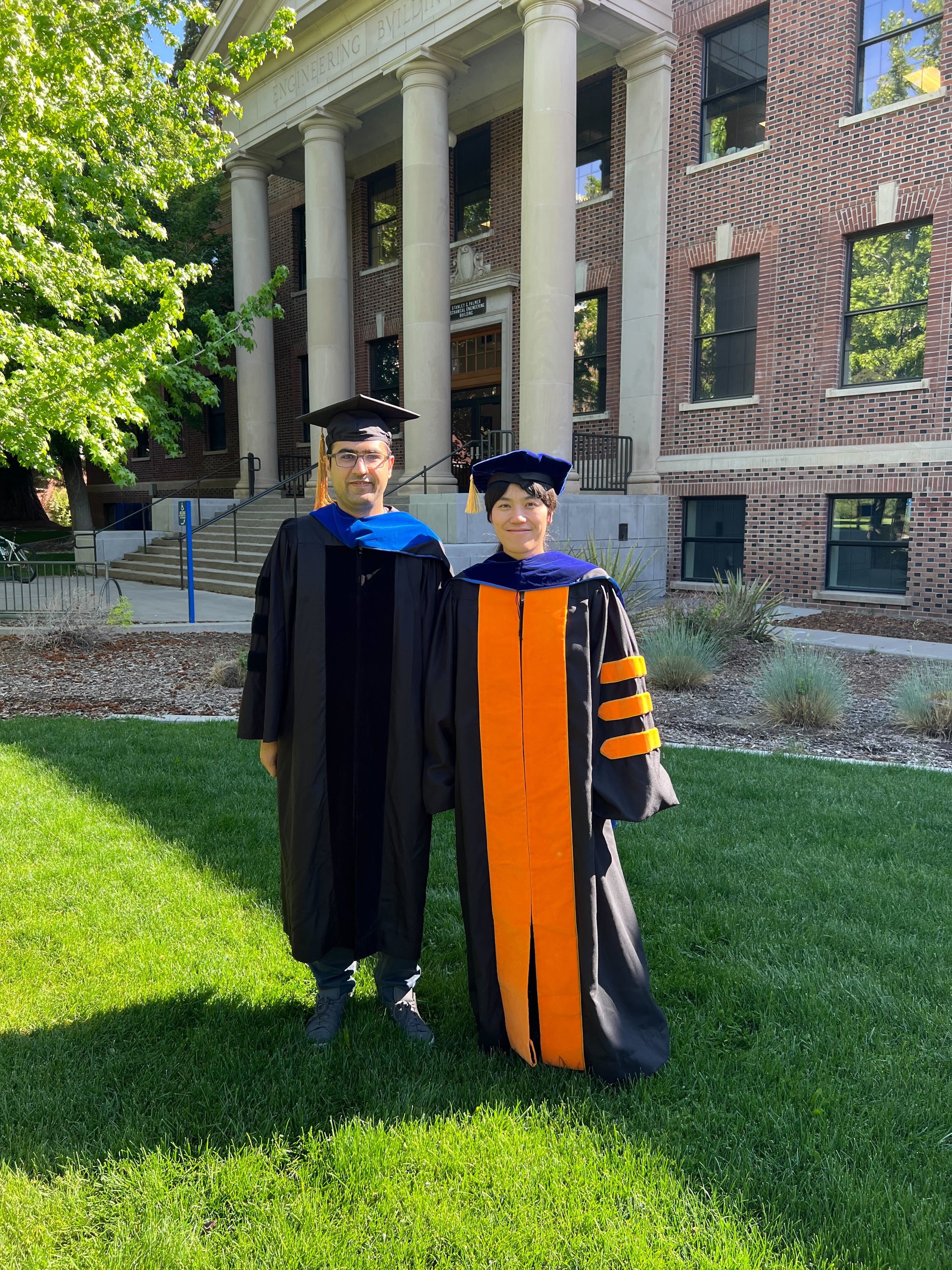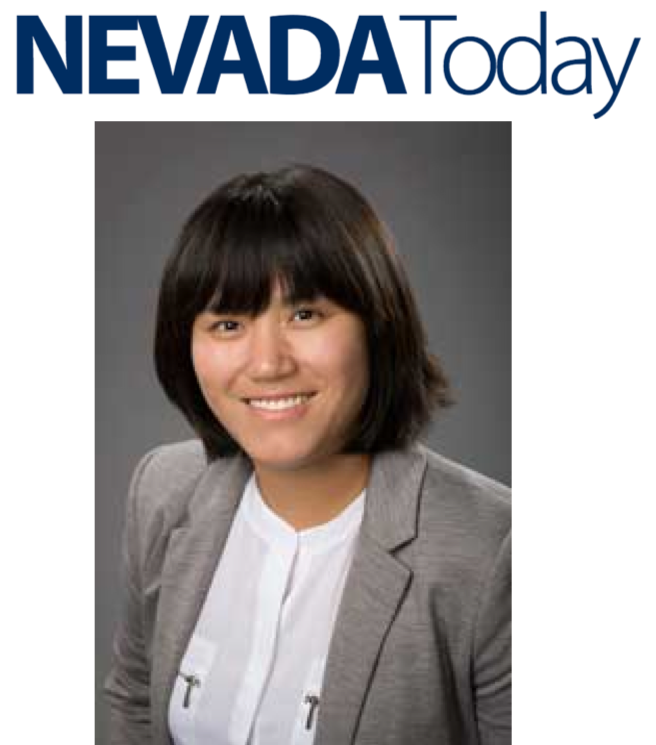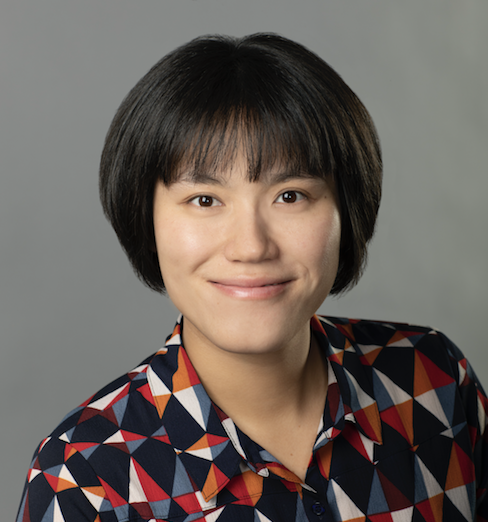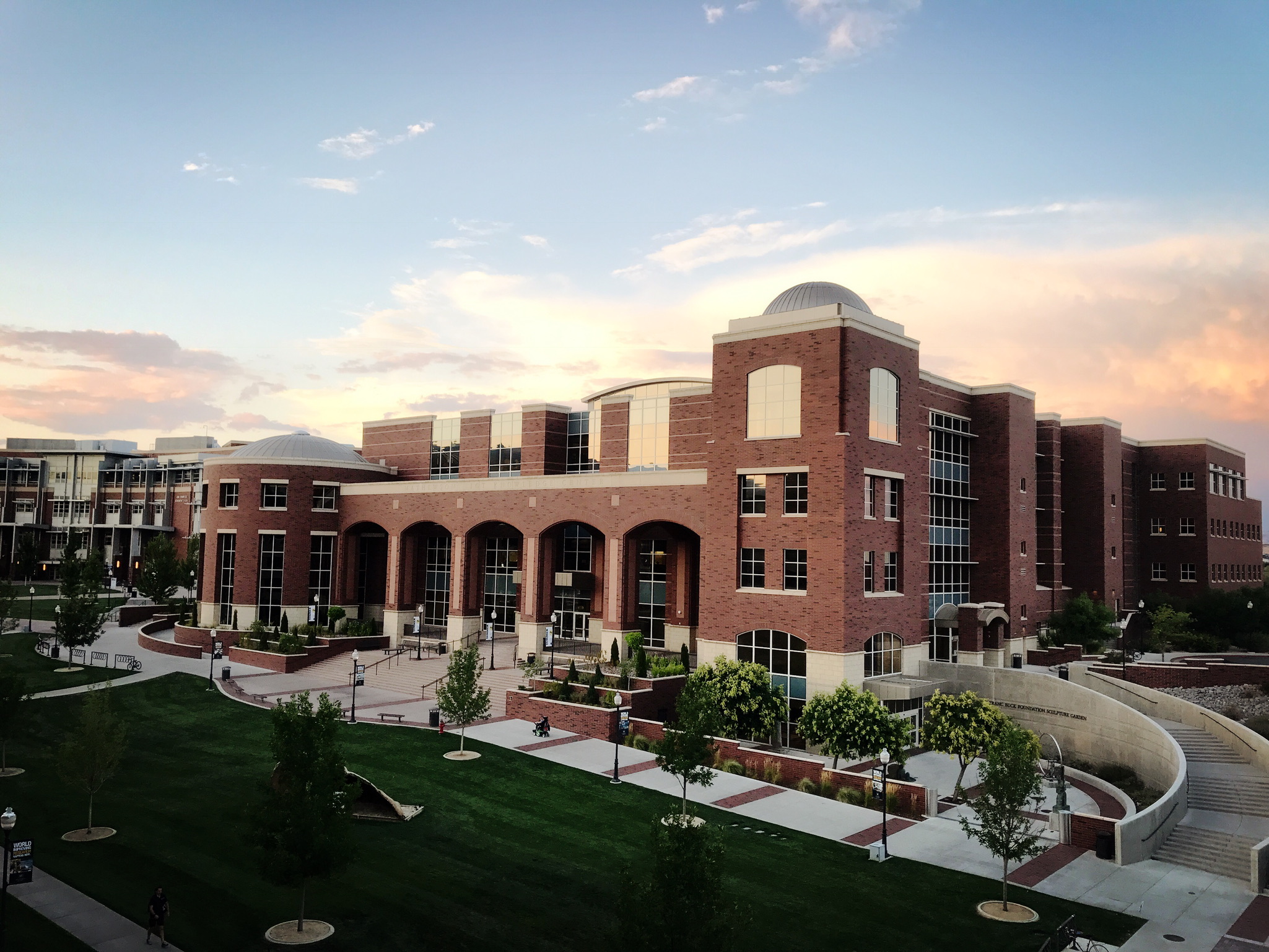


Dr. Cao won the prestigious NSF CAREER award! We will use atomistic simulations, first-principles calculations, and phase-field finite element modeling to investigate the thermomechanical processing in titanium alloys. The work will potentially advance the manufacturing of stronger and more ductile titanium alloys.
More details
Our project, "Establish predictive crystal plasticity models with complete deformation twinning mechanism," is funded by NSF! We will use molecular dynamics and crystal plasticity to investigate the twin formation in Magnesium.
More details
Our project, "CDS&E: Nanoconfined Heating via Ultrahigh-repetition-rate Lasers for Enhanced Surface Processing," in collaboration with Dr. Yan Wang from our department is funded by NSF! We will use molecular dynamics and phase-field modeling to investigate the microstructure formed during ultrafast cooling and the resulting mechanical properties.
More details
Our project, "Modeling and Design of Enhanced Strength and Ductility Through Grain Boundary Engineering--A Study of Boron Carbide Based Superhard Materials," in collaboration with Dr. Qi An from the Chemical & Materials Engineering Department is funded by NSF! We will use phase-field modeling to study the impact of grain boundaries and twin boundaries on the mechanical properties of boron carbide.
More details
Our project, "Research Infrastructure Development for Microstructure-Oriented Manufacturing of Thermoelectric Materials for Space Power Applications," is funded by NASA! Dr. Cao is the lead PI and will work closely with Dr. Yan Wang (co-PI) from UNR and Dr. Jaeyun Moon (co-PI) from UNLV on this exciting project.
More details
Dr. Cao and Amir took a picture in front of Palmer Engineering. Amir has been awarded the the prestigious Dean’s Merit Scholarship as well as the Outstanding Graduate Student Scholarship for his excellent research and academic achievements. Amir will join the University of Michigan as a postdoc associate to continue his work on metals and alloys.
Congratulations, Amir!

"One common thing I get asked is how I feel about choosing the field of engineering as a woman or if I feel a sort of responsibility, and I do feel a responsibility," Cao said. "I think it's very important to have more women engineers in the STEM field because we don't realize how important it is to have role models for students."
More details
Cao’s project involves developing computer models that can predict how microstructures within titanium alloys change under heat and pressure. The computer models can connect atomic-level material processes to design macroscopic material properties by rationally designing microstructures. The project also will advance another of her goals: preparing students in Science, Technology, Engineering and Math (STEM) for the workforce by with integrated skills in mechanical engineering and materials science.
More details
Our paper, "Formation of {11-22} contraction twins in titanium through reversible martensitic phase transformation," is published in Scripta Materialia! We used molecular dynamics simulations to investigate the nucleation mechanism of the {1122} compression twin, which is one of the predominant deformation mode in hexagonal close packed titanium and zirconium.
Full Text
Our paper, "Transformation-induced plasticity in omega titanium," is published in Journal of Applied Physics! Amir is the first author. We used molecular dynamics simulations to investigate the deformation-induced plasticity in omega titanium.
Full Text
Our paper, "Lattice thermal transport in superhard hexagonal diamond and wurtzite boron nitride: A comparative study with cubic diamond and cubic boron nitride," is published in Carbon! Pranay is the first author. This work is in collaboration with Dr. Yan Wang and Dr. Guoping Xiong from our department.
Full Text
Our paper, "Nucleation of {1012} Twins in Magnesium through Reversible Martensitic Phase Transformation," is published in Metals! We used molecular dynamics simulations to investigate the nucleation mechanism of the {1012} twin, which is the predominant deformation mode in hexagonal close packed metals.
Full Text
Our paper, "Strong strain hardening in ultrafast melt-quenched nanocrystalline Cu: The role of fivefold twins," is published in Journal of Applied Physics! Amir is the first author. We used molecular dynamics simulations to investigate fivefold twin network formed in ultrafast quenched Cu and its contribution to the sustained strain hardening effect.
Full Text
Dr. Cao has graduated from the Ph.D program in Mechanical Engineering at Purdue University with a Ph.D.. Now that she is starting her career as an assistant professor in mechanical engineering at the University of Nevada, Reno.
More details